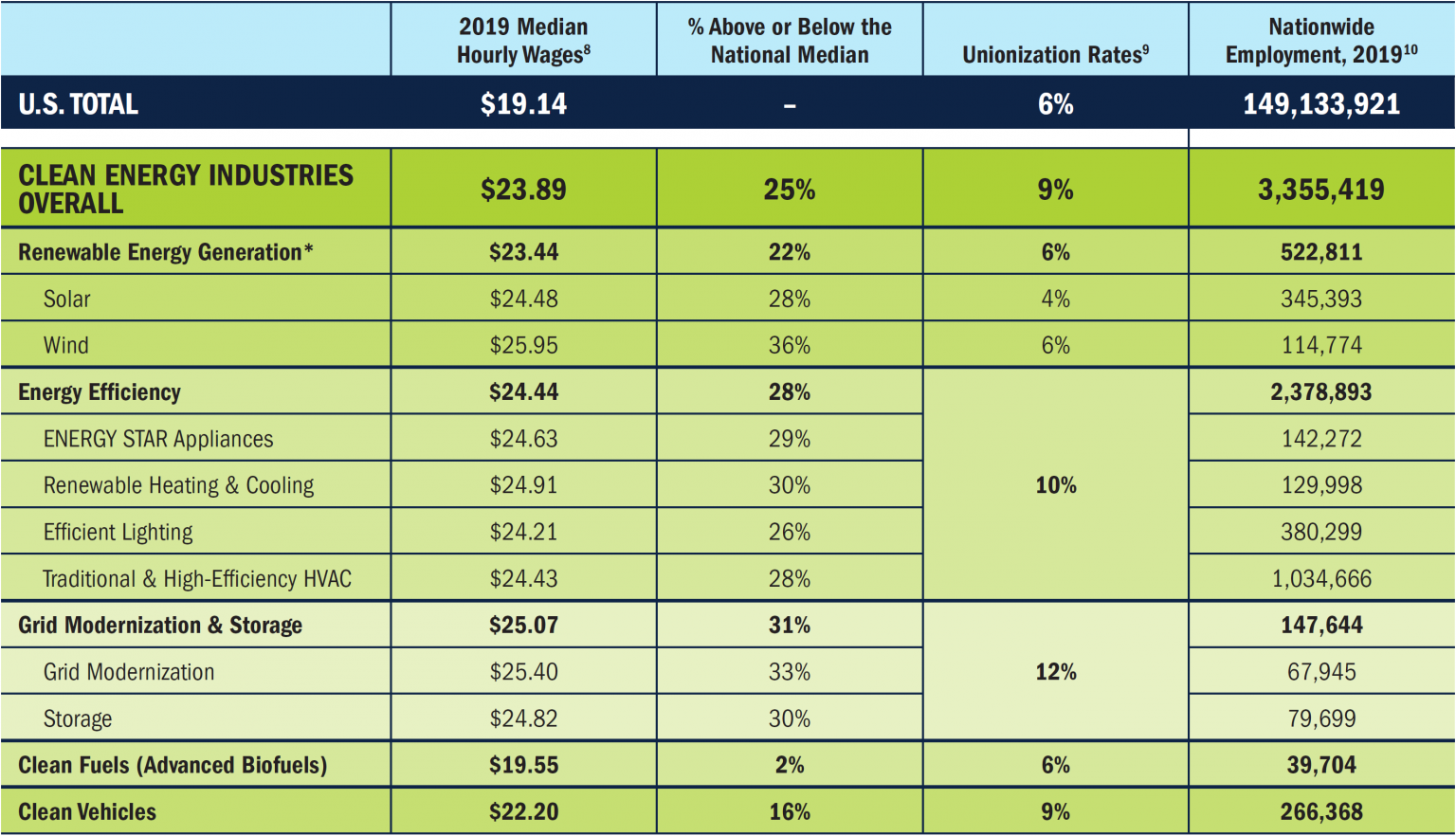The Biden administration deceptively claims the infrastructure and spending plan, called the American Jobs Act would create 19 million jobs over a decade, but according to an economic forecasting firm it would only create 2.7 million jobs. The trick is that 16.3 million would be created even without the bill.
What is even worse is that Biden and his administration are not telling the American public what the cost of each of those jobs would be to the taxpayer. With a cost of $2.25 trillion for the bill, creating 2.7 million jobs, each job would cost $833,333. If 19 million jobs were created, the cost per job would be 86 percent lower—$118,421.
The reason for the large difference is that much of Biden’s infrastructure plan is not focused on creating jobs by building infrastructure. Rather, the bill includes money for everything from community colleges to federal child care programs, which may create some jobs, but not the blue-collar work that is conjured up by the thought of infrastructure. Infrastructure as many people think of it—construction or improvement of bridges, highways, roads, ports, waterways, and airports—accounts for only $157 billion, or 7 percent, of the plan’s cost. More than that is dedicated to public transportation used by very few and high speed rail of the sort that has become the brunt of jokes in California.
Also, the American Jobs Act does not attempt to lower the costs of building infrastructure. Prevailing wage laws require that federal infrastructure projects pay inflated union rates to workers, and imposing “Buy American” requirements for equipment and supplies is more expensive than looking for the best deal as a typical homeowner would do. There is also the issue of circumventing environmental laws in communities that oppose new construction projects.
Wind and Solar Jobs
Biden’s infrastructure package also contains funds for “greening” of the U.S. electricity sector, including a 10-year extension and expansion of tax credits for wind, solar, and other renewable energy projects. The bill makes those clean energy tax credits refundable, rather than a credit against their tax burden, i.e., entities without tax liability could claim the credits and get a check from taxpayers. Here again Biden misleads the public on these renewable jobs, which are often temporary, and paying much less than the jobs for oil, natural gas and coal, which they will be displacing. The pay is significantly lower; the median wage for a solar installer is about $45,000 a year, according to the Bureau of Labor Statistics. Further, renewable facilities need very few employees once they are operating, which compares to a coal plant that employs a couple hundred workers, paying about $82,000 for a skilled operator.
Wind and solar workers make more money than Walmart clerks but less than union members doing similar tasks. A report commissioned by Environmental Entrepreneurs and other business groups found that in 2019 wind technicians made a median hourly wage of about $25 and solar installers somewhat less along with some health care and retirement benefits. That compares to $30.33 for those employed by the natural gas sector, which results in roughly a $12,000 annual wage gap. The “green worker” wages are above the national median average but not enough to support a small family in many states.

Skilled workers who are employed by established wind and solar contractors can make a solid middle-class living, particularly in states with strong labor practices like California, Minnesota, and New York. Elsewhere, smaller operators and a lack of labor standards are resulting in starting pay as low as $10 an hour, limited training, and safety lapses causing injuries and death.
According to data from Ernest Moniz’s Energy Futures Initiative, the median hourly wage for all U.S. energy workers is $25.60—34 percent higher than the national median hourly wage of $19.14 in 2019. Utility employees were the highest paid among energy industry segments, with a median wage of $41.08 per hour, which amounts to nearly $85,500 per year, while mining and fossil fuel extraction workers followed at $36.32 per hour, or more than $75,500 over a year. The high concentration of utility jobs in the electric power generation and transmission, distribution and storage sectors also mean workers in those positions earn higher than average wages. Jobs in energy-specific construction pay about $25.53 per hour, or just above $53,000 for the year. Manufacturing jobs earned a median wage of $23.02, or nearly $48,000 for a year.
Energy efficiency workers, including those engaged in building efficiency improvements such as weatherization, made up 28.4 percent of total energy employment in 2019, according to the report. But workers in that sector had a median wage of $24.44 an hour—significantly lower than nuclear workers and nearly $6 lower per hour than natural gas workers, who made $30.33. Fast-growing sectors in the renewable energy sector, solar and wind also showed median wages below that of fossil fuel workers: $24.48 for solar and $25.95 for wind. Oil industry jobs earned a median hourly wage of $26.59, while making up 10 percent of the total energy workforce in 2019. Coal, making up just 2.2 percent of the workforce, had an hourly wage of $28.69.
Conclusion
Energy workers on the whole earn more than the typical American, but the highest-paying positions in energy are in the nuclear, utility, natural gas, and coal industries. The salaries of the wind, solar and construction jobs that would surge under Biden’s policies are well below those high-paying jobs on the median pay scale. Biden’s plan will lead to lower-paying and temporary construction jobs that require mobility. Wind farms, solar plants and other climate-friendly power sources need few workers to maintain them and keep them operating compared to traditional energy jobs, and much of the manufacture of their products is either in China or via China-controlled supply chains, as Germany has learned through its energy transformation.



